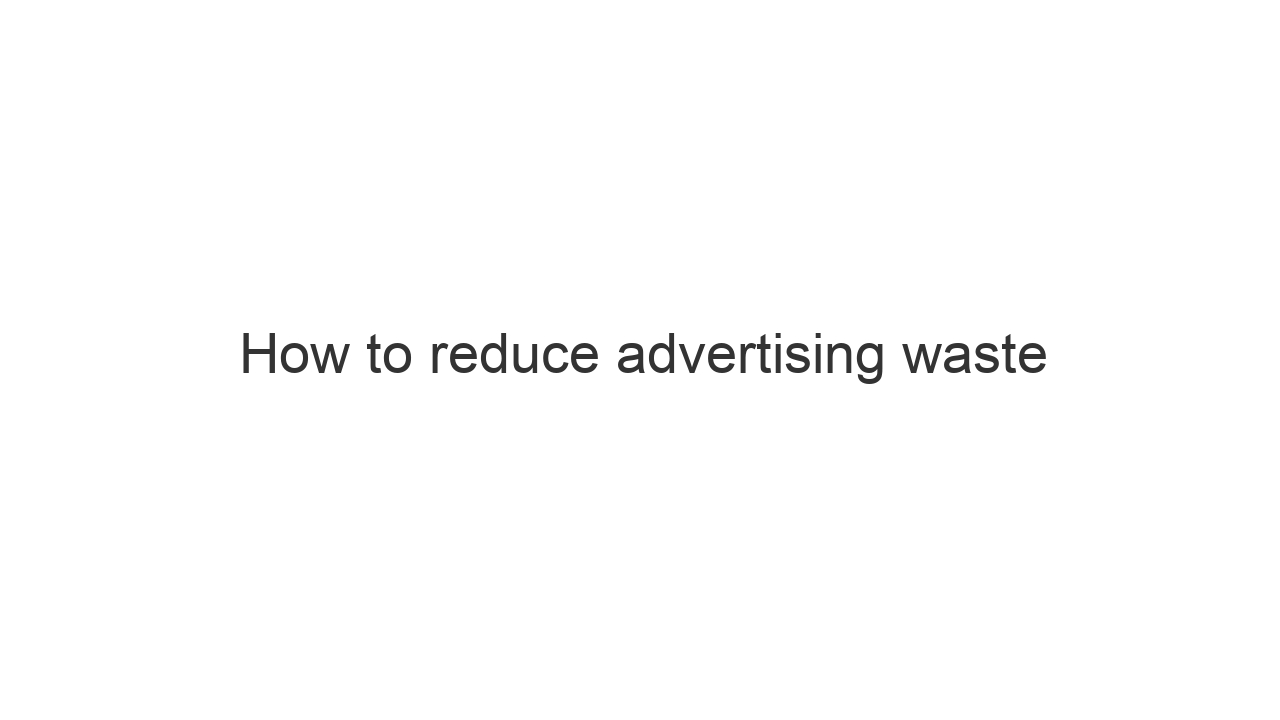To start with, you need to identify where waste is happening. And that is not always clearcut. Waste for each business can be subjective, as media that isn’t driving your objectives is a waste. Where on the surface it may look good or pass muster for other brands.
So,
- Define your advertising objective.
- Create a scorecard, to see if advertising is meeting that.
- Remove or optimize any media that isn’t hitting objectives.
Another way to put this, is you are optimizing your advertising to quality. Quality for your objectives. Metrics that can help with this are:
- Reach, how many people are we getting in front of
- Attention, how long people are engaging for each click.
- Average Scroll, how are customers consuming the page and content.
- Engagement rate, what customers do on the page, and if they click out, to make a purchase, or sign up to webinar etc.
- Conversion rate, rate at which people take the desired action.
- Bounce rate, are people staying, but use a bounce rate that captures if people leave even without clicking a link. Like Nudge does.
You may find, that some media isn’t driving attention, or has low scroll. This means they are not driving value for you. So you can reduce spend on those, or adjust creative accordingly. You should also look at trying to identify fraud in your traffic.
An always on measurement & analytics program should include this as part of their mandate. To keep pushing, to keep lifting performance against the companies objectives. It really is an area of constant improvement, because media involves constant change and always experimenting with new areas.

|
|---|



